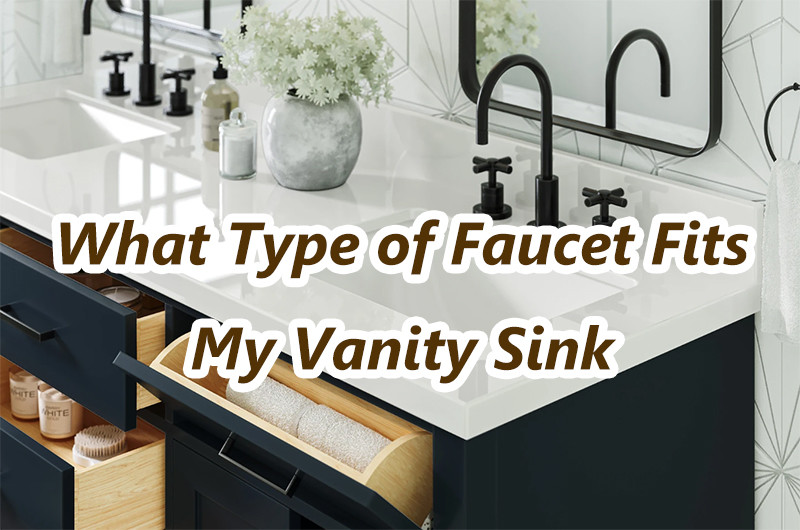
Choosing the right faucet for your vanity sink is more than just a design decision; it’s a functional one, too. The right faucet can enhance the overall aesthetics of your bathroom, complement your vanity sink, and improve your daily routines. However, with the vast array of faucet types available, finding the perfect match can be overwhelming. What type of faucet fits my vanity sink? This guide will walk you through everything you need to know to select the best faucet for your vanity sink.
1. Understanding Vanity Sink Configurations
Before diving into the types of faucets, it’s essential to understand the configuration of your vanity sink. Sinks come in different designs, which dictate the type of faucet that will fit.
- Single-Hole Sinks: These sinks are designed for faucets with a single hole, making them compatible with single-handle faucets. If you have a single-hole sink, you can also use a deck plate to accommodate a two-handle faucet, but this is less common.
- Centerset Sinks: Centerset sinks typically have three holes drilled in a 4-inch configuration. This setup is perfect for centerset faucets, which have a combined spout and handles on a single base.
- Widespread Sinks: These sinks have three holes drilled in an 8-inch configuration. Widespread faucets have separate hot and cold water handles that can be installed farther apart, giving a more customized and upscale look.
- Wall-Mounted Sinks: These sinks require wall-mounted faucets, which are installed on the wall above the sink rather than on the sink or countertop. This type requires precise plumbing work but offers a sleek, modern aesthetic.
Understanding your sink’s configuration is the first step in narrowing down your faucet options.
2. Types of Faucets for Vanity Sinks
Now that you have a clearer picture of your sink’s configuration, let’s explore the various types of faucets that might fit your vanity sink.
Single-Handle Faucets
Single-handle faucets have one lever that controls both the temperature and flow of water. They are typically installed in single-hole sinks but can also work with three-hole configurations with the addition of a deck plate. Single-handle faucets are popular for their ease of use and streamlined appearance. They’re ideal for small bathrooms where space is limited, providing a clean, minimalist look.
Centerset Faucets
Centerset faucets are designed for sinks with three holes in a 4-inch configuration. They combine the spout and handles onto a single base, making them easy to install. Centerset faucets are a versatile choice, available in a wide range of styles and finishes to match any bathroom decor. They’re also more compact than widespread faucets, making them suitable for smaller vanity sinks.
Widespread Faucets
Widespread faucets have separate hot and cold water handles that are installed independently of the spout, allowing for more flexible placement. These faucets are compatible with sinks that have three holes in an 8-inch configuration. Widespread faucets offer a more luxurious look and are perfect for larger vanity sinks or those with more countertop space. They come in various styles, from classic to contemporary, allowing for a more personalized bathroom design.
Wall-Mounted Faucets
Wall-mounted faucets are installed on the wall above the sink, freeing up countertop space and creating a unique, modern look. They are an excellent choice for vessel sinks, where the faucet needs to reach over the high rim. Wall-mounted faucets require precise installation, especially regarding plumbing behind the wall, so they’re best suited for remodels or new constructions. They offer a sleek, uncluttered aesthetic and are available in a variety of finishes to match your bathroom style.
Vessel Sink Faucets
Vessel sink faucets are specifically designed for vessel sinks, which sit on top of the countertop rather than being recessed. These faucets are typically taller than standard faucets to accommodate the height of the vessel sink. They can be either single-handle or two-handle designs, with options for wall-mounted installations as well. Vessel sink faucets often become a focal point in the bathroom, adding an element of luxury and style.
3. Consider the Faucet Style and Finish
Once you’ve determined the type of faucet that fits your vanity sink, the next step is choosing the style and finish. The faucet style should complement your bathroom decor, whether it’s traditional, modern, rustic, or transitional.
- Traditional Faucets: These faucets often feature intricate details and curved lines, suitable for classic or vintage-style bathrooms. Finishes like polished brass, brushed nickel, or oil-rubbed bronze add warmth and sophistication.
- Modern Faucets: Modern faucets have clean lines, sharp angles, and a minimalist design. They’re perfect for contemporary bathrooms and often come in finishes like chrome, matte black, or brushed stainless steel for a sleek, polished look.
- Rustic Faucets: If your bathroom has a farmhouse or rustic theme, consider faucets with a distressed finish, such as antique bronze or aged copper. These faucets often have a more robust, handcrafted appearance.
- Transitional Faucets: Transitional faucets blend traditional and modern elements, offering versatility for various bathroom styles. They come in various finishes and designs, making them a flexible choice for any vanity sink.
4. Functionality and Features
When choosing a faucet, consider functionality and any additional features that might enhance your bathroom experience.
- Water Efficiency: Look for faucets with a WaterSense label, indicating they meet EPA standards for water efficiency without sacrificing performance. Water-efficient faucets can help reduce water usage and save on utility bills.
- Touchless or Touch-Activated: Touchless faucets are a convenient, hygienic option, especially in shared bathrooms. They use motion sensors to turn on and off, reducing water waste. Touch-activated faucets, on the other hand, require a simple touch to operate, offering a balance between traditional and touchless options.
- Adjustable Flow and Temperature: Some faucets come with features that allow you to adjust the flow rate and water temperature more precisely, providing a customized experience.
5. Installation Considerations
Before making your final decision, consider the installation process. Some faucets are easier to install than others, depending on your plumbing setup and the faucet type. If you’re undertaking a bathroom remodel or installing a new vanity sink, you might have more flexibility in choosing a faucet. However, if you’re replacing an existing faucet, it’s essential to select one compatible with your current sink and plumbing to avoid costly modifications.
Conclusion of What Type of Faucet Fits My Vanity Sink
Choosing the right faucet for your vanity sink involves understanding your sink’s configuration, selecting the appropriate faucet type, and considering the style, finish, and functionality. By taking these factors into account, you can find a faucet that not only fits your vanity sink perfectly but also enhances the overall look and feel of your bathroom. Remember, the right faucet can make all the difference in transforming your bathroom into a space that’s both functional and stylish.
 WOWOW Faucets
WOWOW Faucets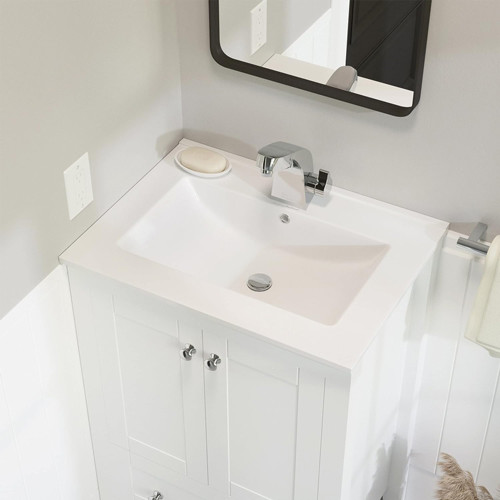
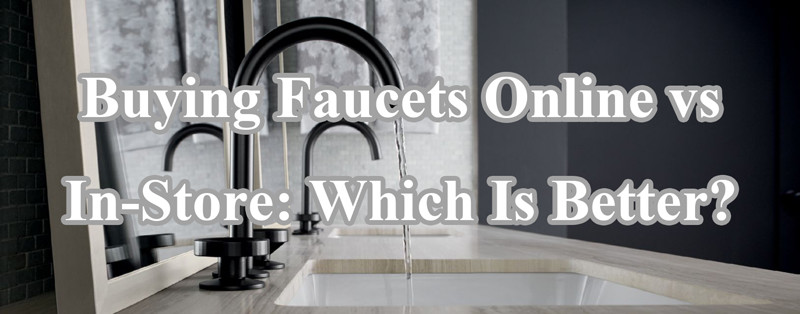

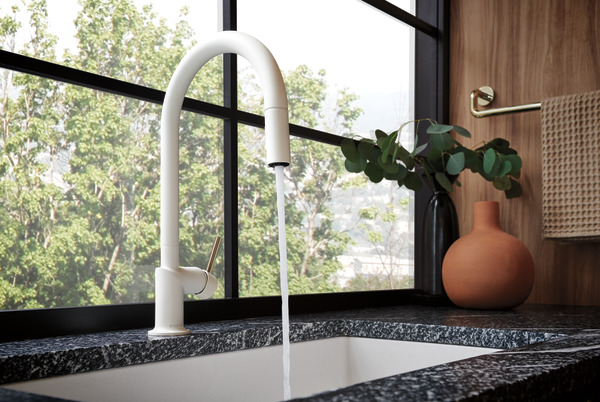
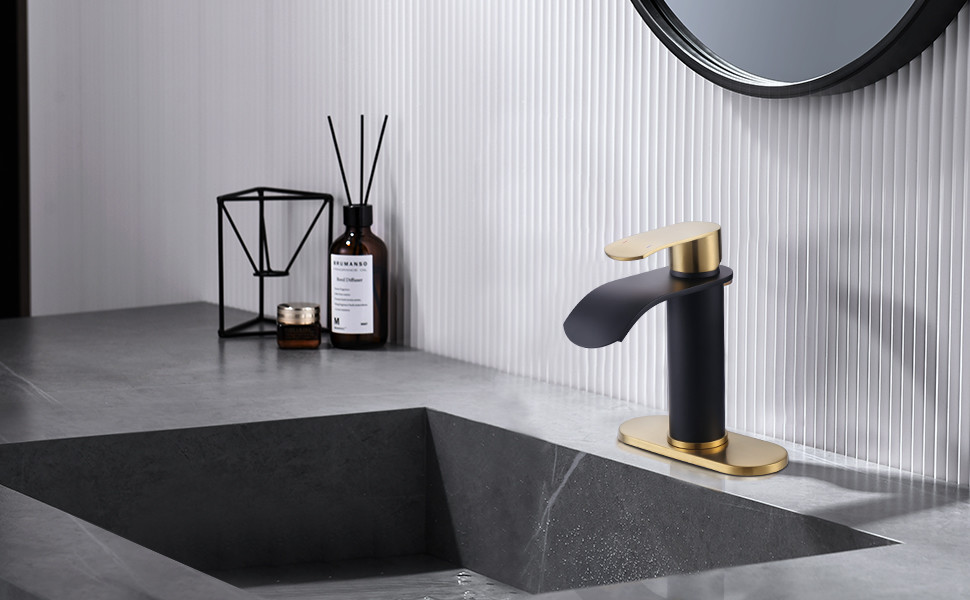

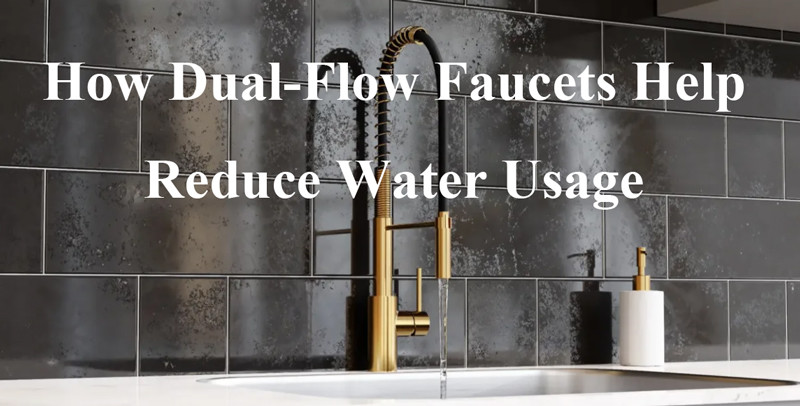
您好!Please sign in